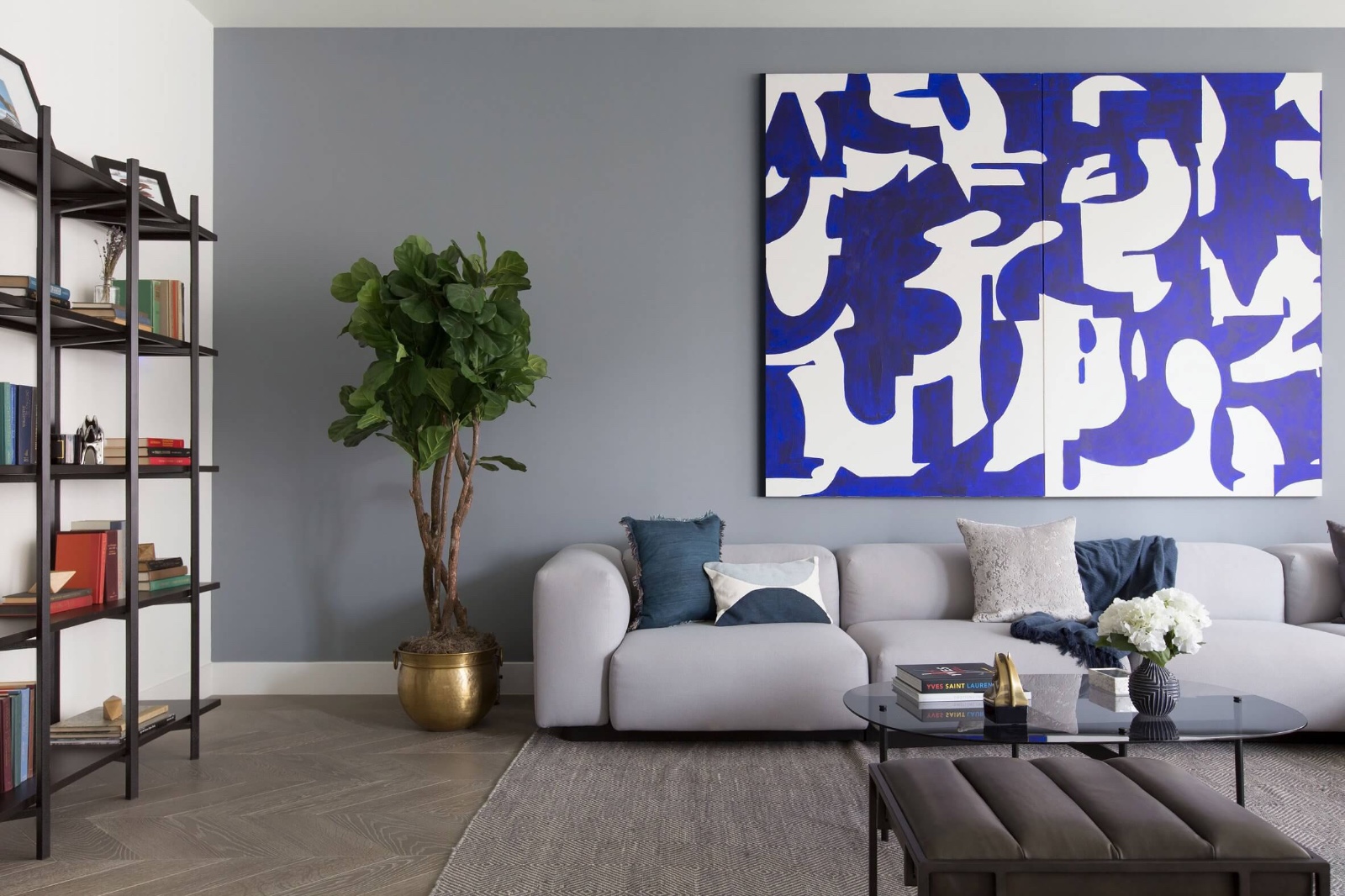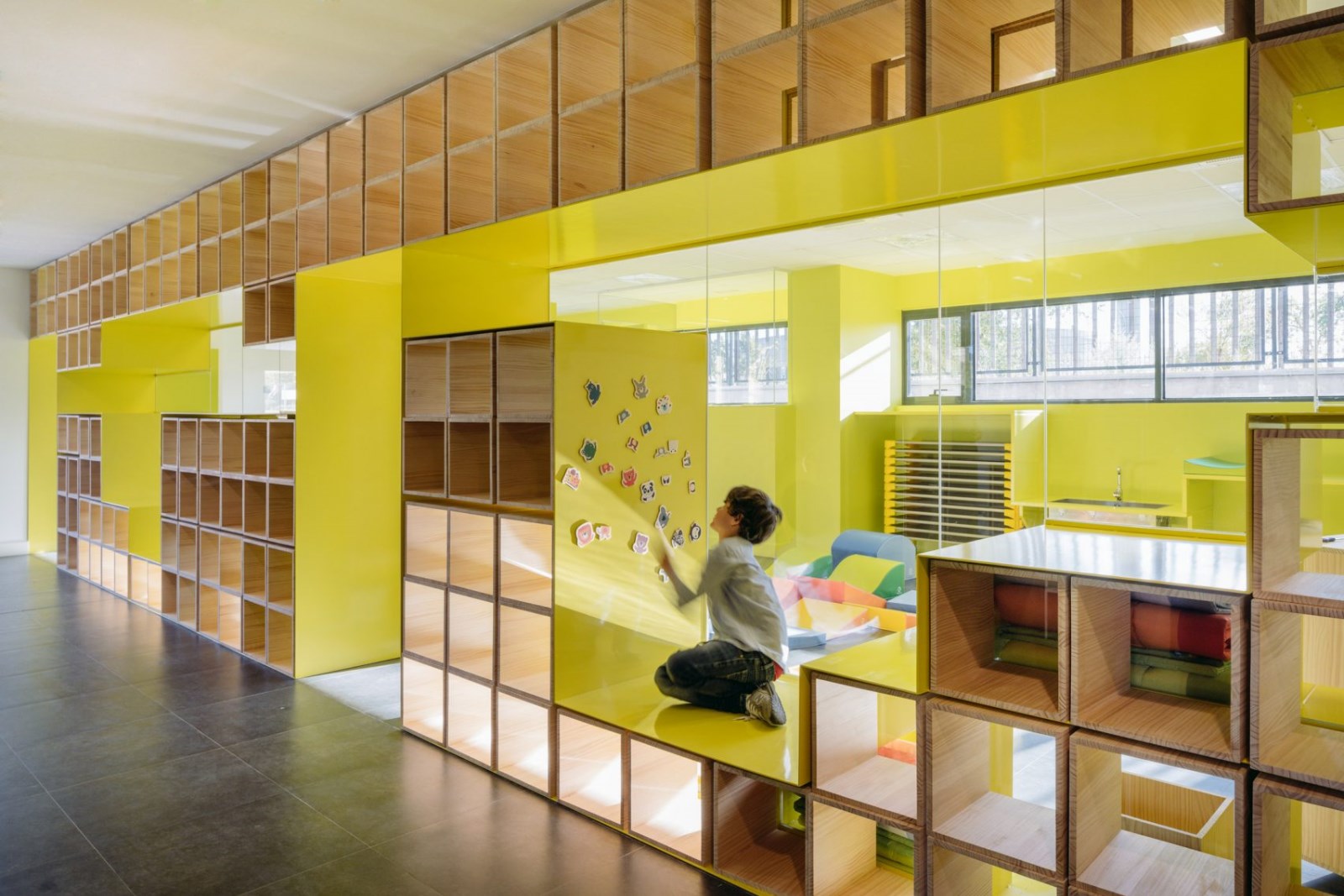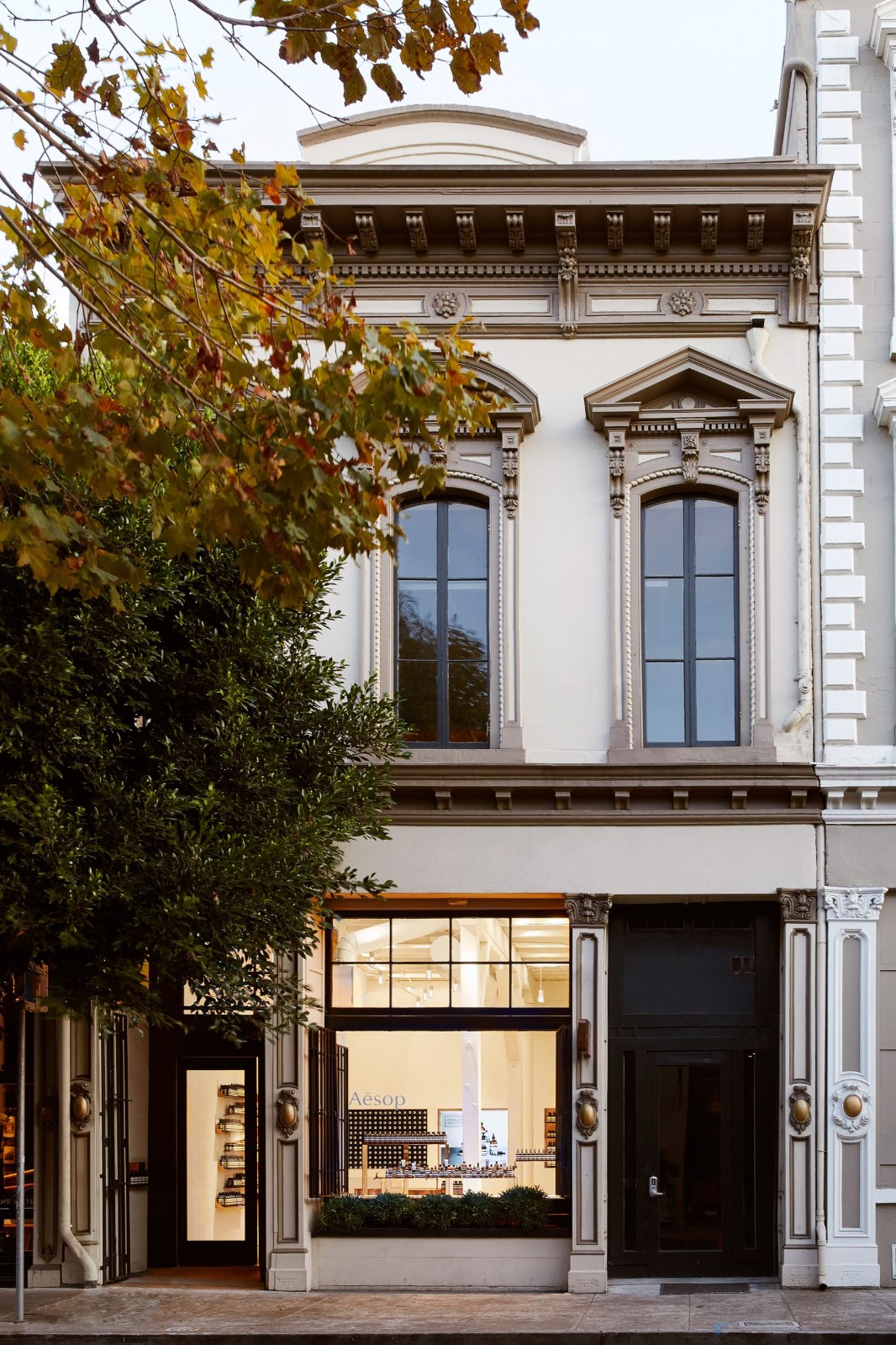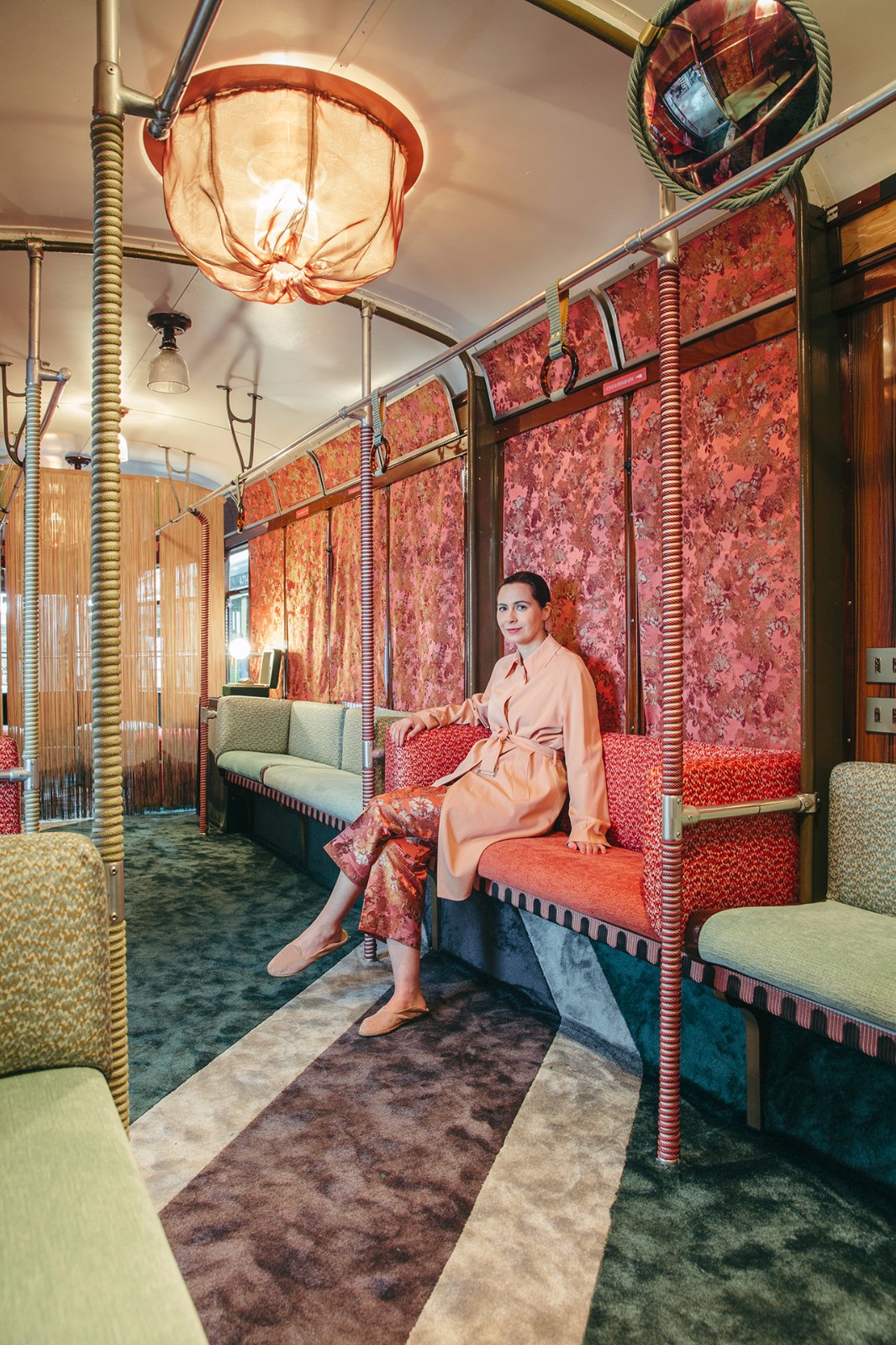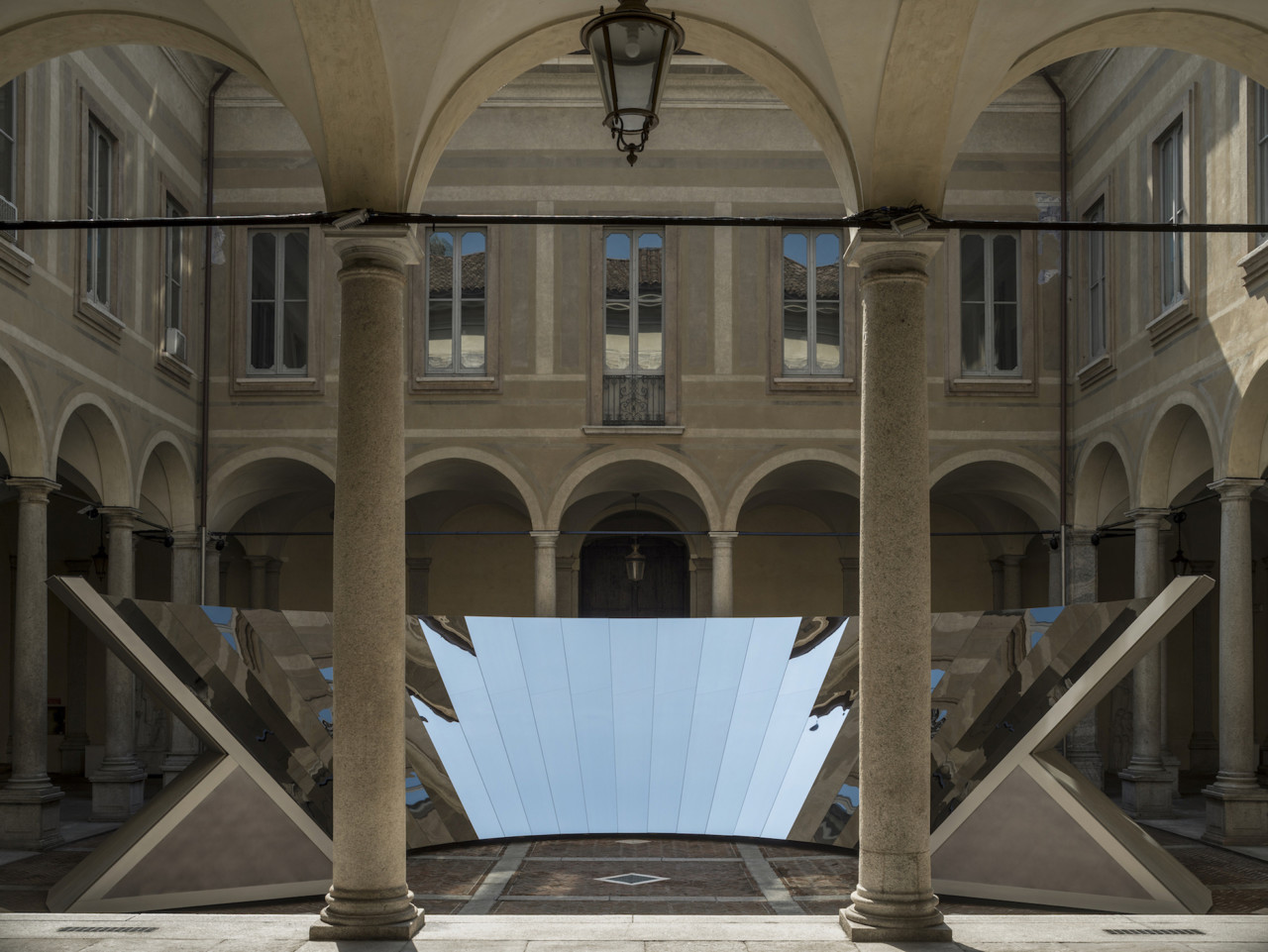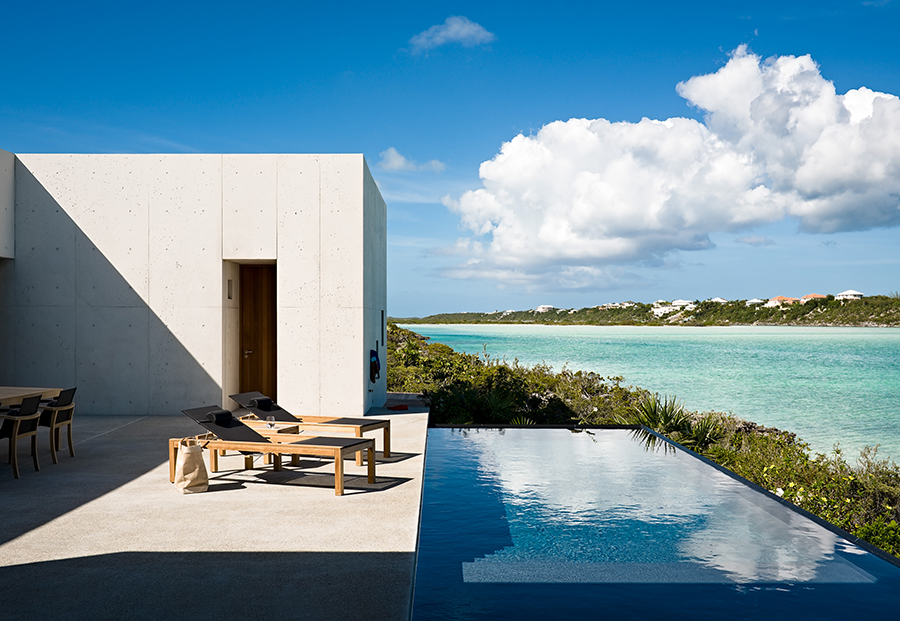AD Classics Gallaratese Quarter Aldo Rossi - Carlo Aymonino
2017-03-14 11:15
艾莫尼诺和罗西都在城市研究和形态学领域为自己命名,当他们开始研究新的发展时。他们的兴趣不在于单独的建筑,而在于城市社区,他们拥有一个正常运作的社会所需的所有不同要素:住宅、商业、工业等等。加拉特塞是他们的机会,把这些元素结合起来,从零开始创建一个新的社区。他们应用于这个项目的形式是从20世纪50年代由一群名为“X项目”的现代主义建筑师进行的一系列实验中得到的灵感。从勒·柯布西耶的住宅单元开始,项目X增加了露天甲板和相互连接的桥梁等元素,将孤立的住宅区改造成更加统一的市区。
Aymonino and Rossi had both made names for themselves in the fields of urban studies and morphology by the time they began work on the new development. Their interest lay not in solitary architecture but in urban communities with all the disparate elements required for a functioning society: residences, commerce, industry, and more. Gallaratese was, then, to be their chance to combine these elements and create a new community from scratch. The format they applied to the project drew its inspiration from a series of experiments conducted in the 1950s by a group of Modernist architects named “Project X.” Starting with Le Corbusier’s Unité d’Habitation, Project X added elements like open-air decks and interconnecting bridges to convert the isolated residential blocks into more unified urban districts.[2]
这两位建筑师的乌托邦式的城市意识形态融合成一个由五座建筑组成的综合体:A1、A2、B和C是由艾莫尼诺设计的,而D则是罗西的贡献。受步进形式、内部和外部循环路径以及像Trajan‘s Market这样的罗马例子的细胞空间组织的启发,Aymonino将同样的特征纳入了A1和A2中,这两块8层楼高的街区构成了遗址的南部边界。在两个人在一个浅角度相交的地方,有一个6层高的板,从交叉口向北延伸。这个交叉点也是室外圆形剧场的所在地;在三栋公寓楼的掩护下,两边都是两个供公共使用的三角形广场。Aymonino设计了A1、A2和B几个不同的住宅方案,从公共大厅进入的庭院公寓到从单一的室内走廊进入的单元,就像勒·柯布西耶的例子一样。Aymonino的最后一栋建筑C是一个两层的连接器,将D连接到建筑群的其他部分。
The two architects’ utopian urban ideologies coalesced into a complex of five buildings: A1, A2, B, and C were designed by Aymonino, while D was Rossi’s contribution. Inspired by the stepping forms, interior and exterior circulatory paths, and cellular spatial organization of Roman examples like Trajan’s Market, Aymonino incorporated the same features into A1 and A2, the 8-story blocks which form the southern boundary of the site. At the point where the two meet at a shallow angle stands B, a 6-story slab which extends north from the intersection. This point of intersection is also home to an outdoor amphitheater; to either side, sheltered by the three apartment blocks, are two triangular piazze for communal use. Aymonino designed A1, A2, and B with a variety of different residential schemes, ranging from courtyard apartments accessible from a public concourse to units accessed from a single interior corridor as in Le Corbusier’s example. Aymonino’s final building, C, is a two-story connector linking D to the rest of the complex.[3]
与艾莫尼诺的视觉和形式上的复杂设计不同,罗西选择的一致性是如此的完整,以至于它几乎令人吃惊。他的灵感不是来自古罗马,而是来自20世纪30年代-特别是乔治·德切里科的绘画。建筑物的所有可见元素都是结构上的,没有装饰来分散重复使用相同的窗户和海湾的注意力,这些窗户和海湾的长度都是200米(656英尺)。里面的每个住宅单元都可以从画廊进入,而一个开放式的拱廊,像建筑的其他部分一样简约朴实,占据了底层。就像D的形态简单使它有别于其它复杂建筑的杂色一样,它的白色漆在艾莫尼诺的单位的暗淡无光的红色和棕色的衬托下也显得格外突出;只有涂上亮黄色的圆形剧场接近同样的色调。[4,5]
In contrast to Aymonino’s visually and formally complex designs, Rossi opted for uniformity so complete that it is almost startling. His inspiration came not from Ancient Rome, but from the 1930s – specifically, the paintings of Giorgio de Cherico. All the visible elements of the building are structural, with no ornamentation to distract from the repetition of identical windows and bays which run the full 200 meter (656 foot) length of the block. Each residential unit inside is accessible from a gallery, while an open arcade, as minimalist and unadorned as the rest of the structure, occupies the ground floor. Just as the morphological simplicity of D sets it apart from the variegation of the rest of the complex, so too does its white paint stand out against the muted reds and browns of Aymonino’s units; only the amphitheater, painted bright yellow, approaches the same chromatic emphasis.[4,5]
正式命名为蒙特阿米亚塔住房后,其土地所有者,艾莫尼诺和罗西的创建,立即受到争议和辩论,在1972年完成。在共青团的压力下,这个建筑群被用作无家可归者的住房,结果被证明是毁灭性的,以至于到了1974年,所有的房客都放弃了它。然而,在此后的四十年里,加拉特塞人已经从灰烬中复活了,并且在目前的占领下欣欣向荣。自从艾莫尼诺和罗西1967年开始工作以来,城市规划的理想已经发生了很大的变化;然而,不管时间的流逝,加拉特塞继续充当着它的创造者们如此热切期待的忙碌的社区。
Officially titled Monte Amiata Housing after its landowners, Aymonino and Rossi’s creation was immediately subject to controversy and debate upon its completion in 1972. Pressure from Communist League groups saw the complex put to use as housing for the homeless, with the results proving so ruinous that the all the tenants had abandoned it by 1974. In the forty years since, however, Gallaratese has risen from the ashes, and is thriving under its current occupancy. The ideals of urban planning have evolved greatly since Aymonino and Rossi set to work in 1967; however, heedless of the passage of time, Gallaratese continues to serve as the bustling community its creators so eagerly envisioned.[6]
参考文献[1]舍伍德,罗杰。“加拉特塞”房屋原型。2017年3月11日[进入]。[2]Castex,Jean。意大利的建筑。西港,CT:格林伍德出版社,2008年。第83页。[3]Sherwood。[4]Castex,P84-85。[5]Sherwood。[6]Castex,第83页。
References [1] Sherwood, Roger. "Gallaratese." Housing Prototypes. Accessed March 11, 2017. [access]. [2] Castex, Jean. Architecture of Italy. Westport, CT: Greenwood Press, 2008. p83. [3] Sherwood. [4] Castex, p84-85. [5] Sherwood. [6] Castex, p83.
建筑师Aldo Rossi和Carlo Aymonino通过Enrico Falck,37,20151 Milano,意大利住宅建筑师Aldo Rossi项目年1972年拍摄Gili Merin
Architects Aldo Rossi and Carlo Aymonino Location Via Enrico Falck, 37, 20151 Milano, Italy Category Residential Architect Aldo Rossi Project Year 1972 Photographs Gili Merin
 举报
举报
别默默的看了,快登录帮我评论一下吧!:)
注册
登录
更多评论
相关文章
-

描边风设计中,最容易犯的8种问题分析
2018年走过了四分之一,LOGO设计趋势也清晰了LOGO设计
-

描边风设计中,最容易犯的8种问题分析
2018年走过了四分之一,LOGO设计趋势也清晰了LOGO设计
-

描边风设计中,最容易犯的8种问题分析
2018年走过了四分之一,LOGO设计趋势也清晰了LOGO设计


































































